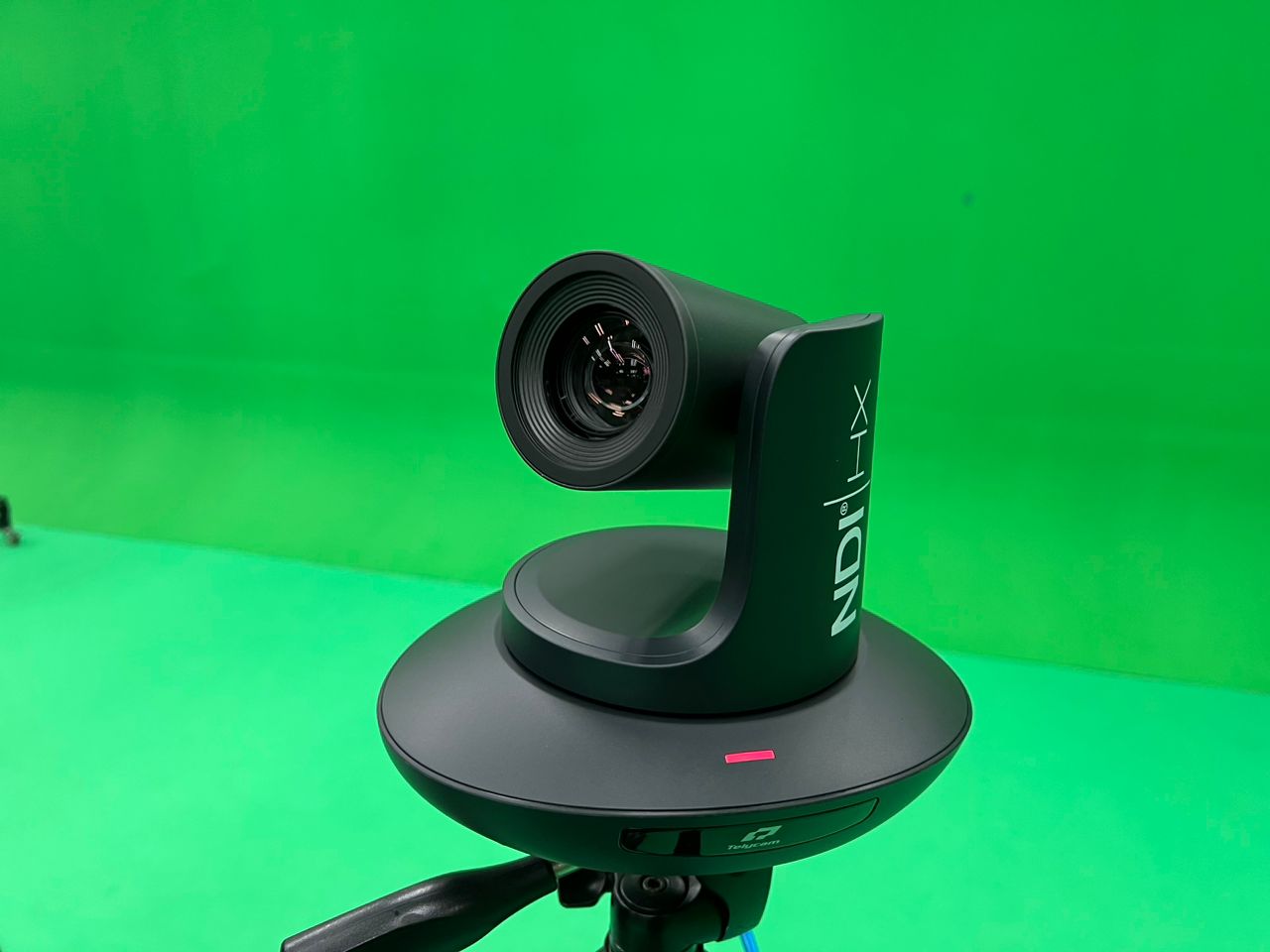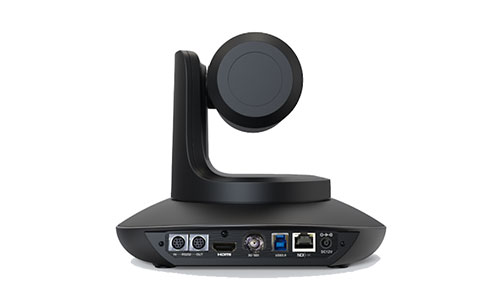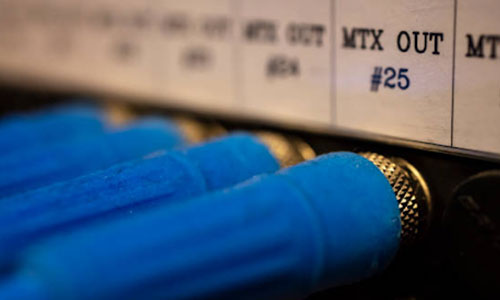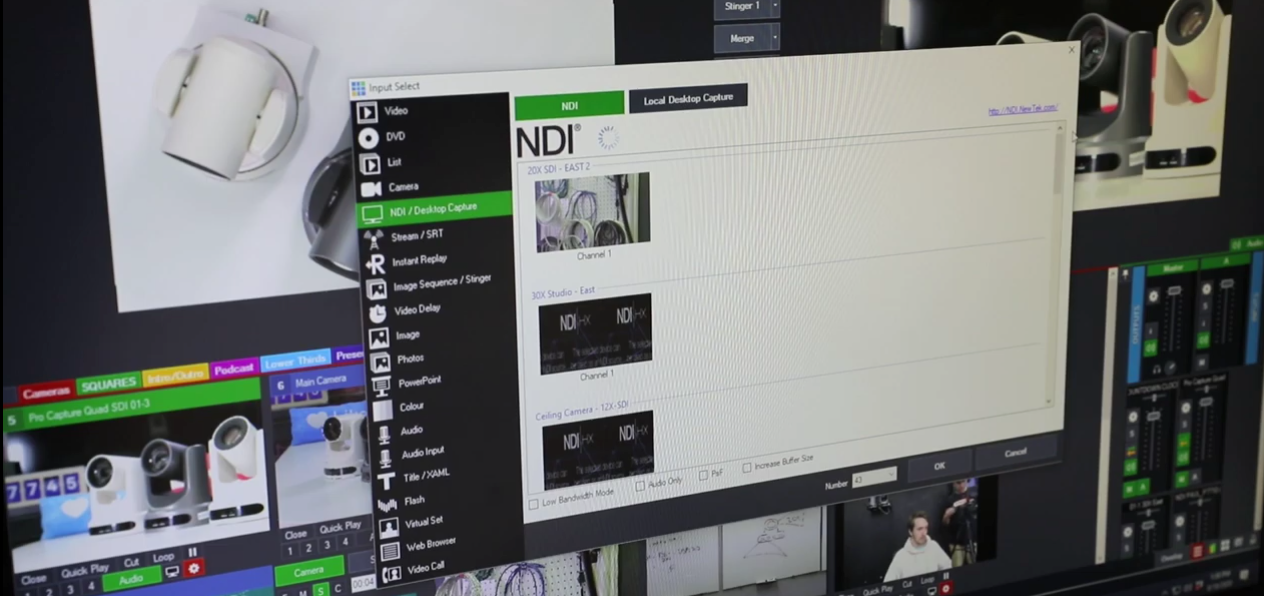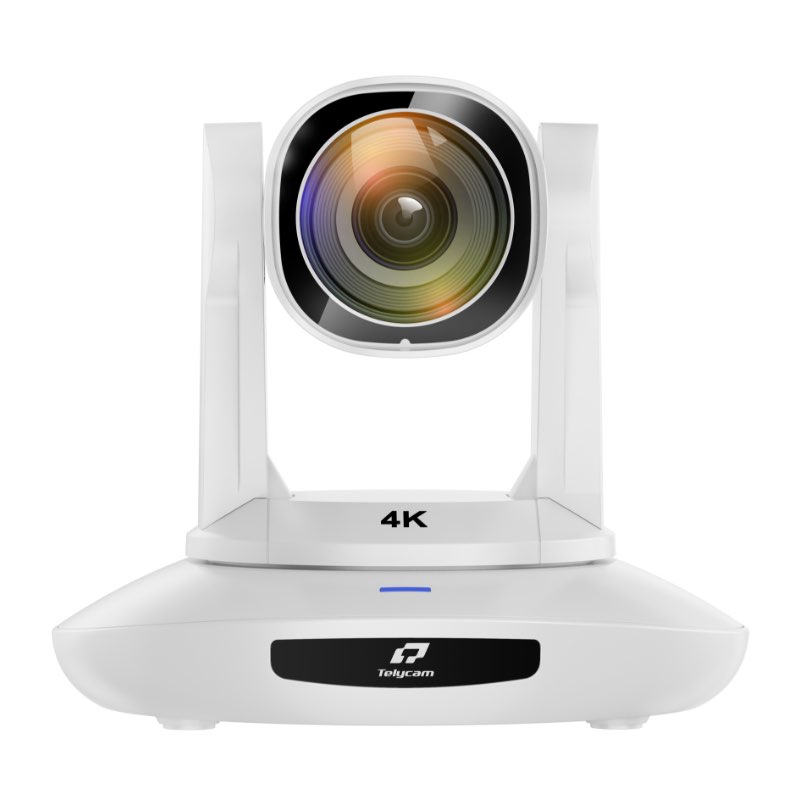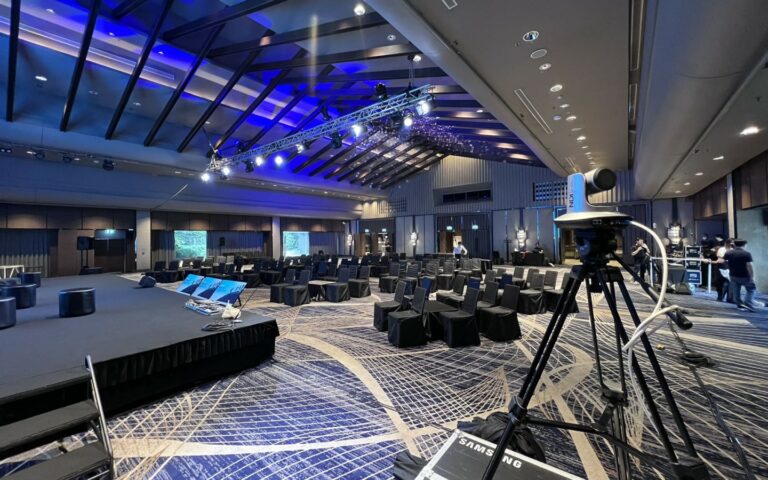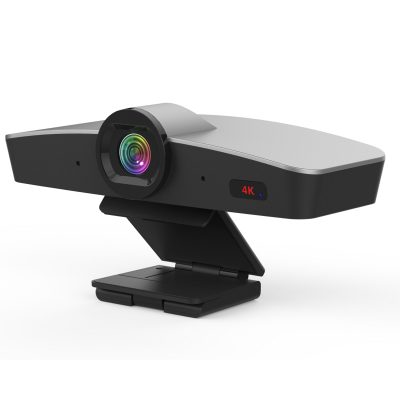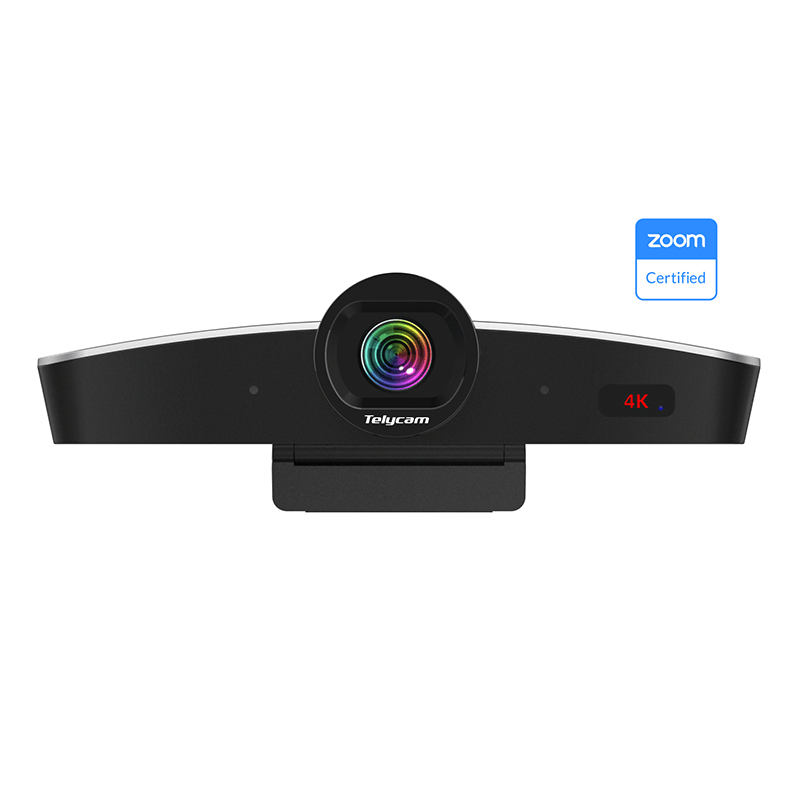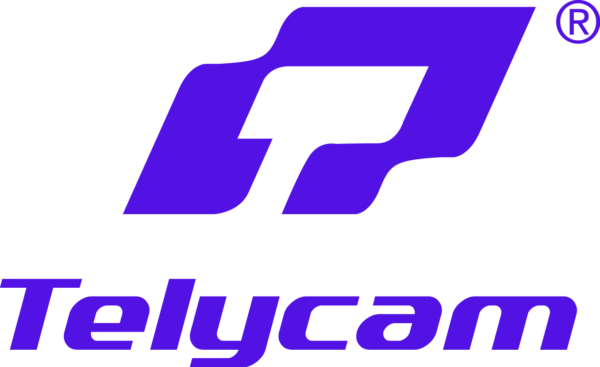There is no problem with the transmission of high-definition digital TV signals through SDI cables, but it is difficult to transmit ultra-high-definition TV signals. Four 3G-SDI cables are required to transmit a 4K ultra-high-definition signal, and the requirements for the device interface are too high; although a single 12G-SDI cable has appeared, the high price makes it far away from entering the practical stage, and it is not compatible with IP Compared with transmission, there is no advantage. Therefore, to develop 4K ultra-high-definition digital TV, we can only abandon the SDI architecture;
